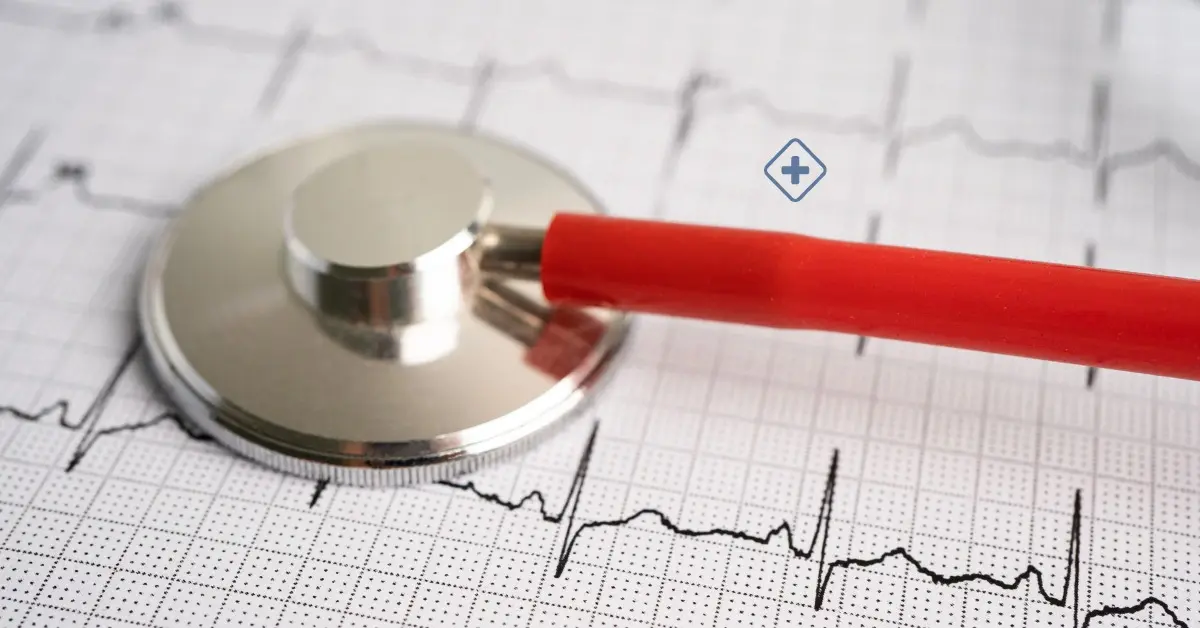
Cardiac Catheterization
Cardiac catheterization is an invasive procedure used to assess the heart and blood vessels by inserting a catheter into them.

Cardiac catheterization is a diagnostic procedure and a definitive treatment for diseases of the heart’s blood vessels. It involves inserting a catheter into them. The catheter is guided through the blood vessels to the heart, allowing precise information about its structure and function to be obtained. This is achieved by injecting a contrast medium and performing special X-rays called angiographies.
When is cardiac catheterization performed?
Cardiac catheterization, in itself, is not a curative procedure. However, it provides valuable information for the diagnosis and treatment of cardiovascular diseases.
Cardiac catheterization may be performed during the diagnosis or treatment of:
-
Coronary artery diseases
-
Congenital heart diseases
-
Heart failure
-
Heart valve diseases
-
Microvascular heart diseases
Through cardiac catheterization, doctors can identify the presence of obstructions, measure blood pressure in the heart and blood vessels, assess heart function, and perform therapeutic interventions such as angioplasty or stent placement to restore blood flow.
Risks of undergoing cardiac catheterization
While cardiac catheterization is generally safe, as with any invasive procedure, there are associated risks. These may include complications related to:
-
Bleeding
-
Blood clots
-
Bruising
-
Damage to the artery, heart, or area where the catheter was inserted
-
Heart attack
-
Infection
-
Irregular heart rhythm (arrhythmias)
-
Kidney damage
-
Stroke
-
Allergic reactions to the contrast medium or medications
However, it's important to note that these risks are rare and the benefits of the procedure usually outweigh them.
How is Cardiac Catheterization performed?
The procedure for cardiac catheterization is straightforward; however, you should consider a few things:
Before the procedure
Before the procedure, different preparations are made. Blood pressure and pulse are checked, and you may be asked to use the bathroom to empty your bladder. You may also be asked to remove any dentures and jewelry that could interfere with the heart images.
Adhesive patches will be placed on your chest to monitor heartbeats before, during, and after the procedure. Additionally, the nursing staff or technician may shave hair at the location where the catheter will be inserted.
During the procedure
Cardiac catheterization is performed in a cardiac catheterization room, similar to an operating room, with special X-ray machines and imaging equipment, commonly called a C-arm. An intravenous line is placed in the forearm or hand, and a sedative is given to help you relax, depending on your medical conditions and the purpose of the procedure. One or more catheters are passed through a blood vessel in the groin, wrist or neck to reach the heart.
The insertion area is numbed, and a small incision is made to access the blood vessel. Then a catheter is inserted through a plastic sheath.
The procedure varies depending on its purpose, such as coronary angiography, cardiac ablation, right heart catheterization, balloon angioplasty, heart biopsy, repair of congenital heart defects, balloon valvuloplasty, or heart valve replacement.
After the procedure
You will spend several hours in a recovery room until the effects of the sedation wear off. Then you will be transferred to a hospital or outpatient room.
Pressure will be applied to the insertion sites to stop any bleeding and allow the artery to heal, especially if the catheter was inserted in the groin. You may need to remain lying down for several hours. The length of hospital stay will depend on your health condition and the reason for the catheterization.
You may feel irritation at the insertion area for a few days, and it is recommended to inform the doctor if there is bleeding, swelling, or new or increased pain at or near the access site.
If your Cardiologist has indicated a cardiac catheterization procedure, go to BlueNetHospitals, we have suitable facilities for this type of procedures and a specialized medical team who can give you appropriate follow-up in post-surgery and recovery.
BlueNetHospitals
Blue Net Hospitals - BlueNet Hospitals

Cardiac Ablation
Cardiac ablation is recommended when treatments are no longer effective or are not well tolerated to treat arrhythmias
Extrasystoles
Ventricular extrasystoles may not present symptoms; in other cases, they may cause unpleasant or alarming sensations.
Heart Murmurs
A heart murmur is an unusual sound that is heard when blood flows through the heart.
Myocarditis
Myocarditis is an inflammation of the myocardium, the muscular tissue of the heart.
- Do You Need an Appointment with a Specialist?
- call us
- write us
- let's talk





